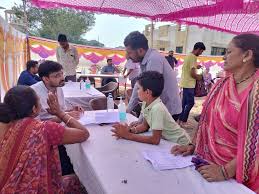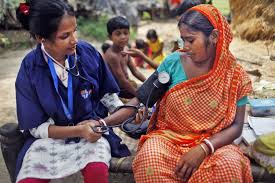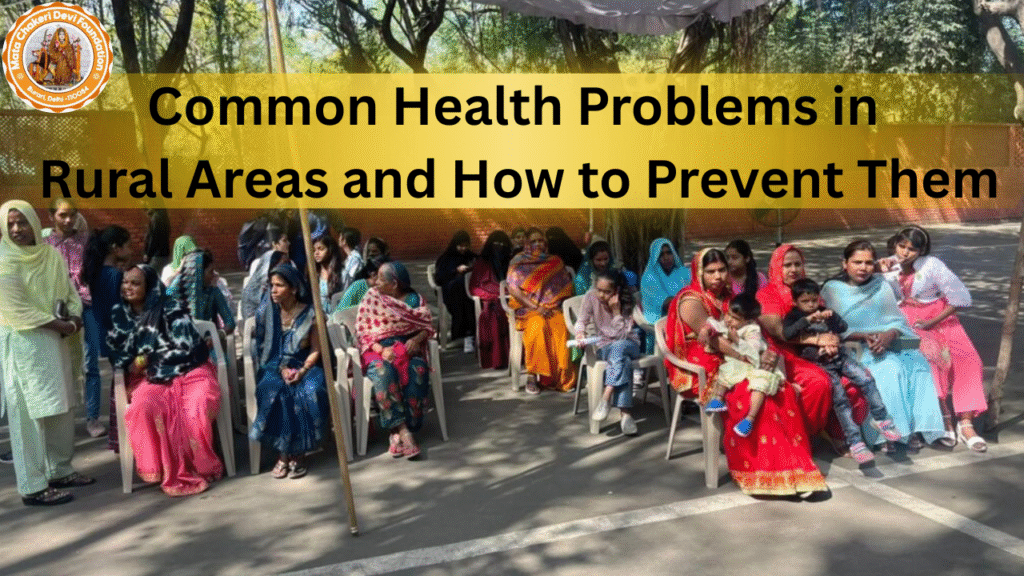Health is the foundation of human well-being and development, yet access to healthcare services remains unequal across different regions.
Rural areas, which house a significant portion of the world’s population, often struggle with basic healthcare facilities, clean water, sanitation, and awareness.
Unlike urban centers where hospitals, diagnostic labs, and specialists are readily available, rural communities face multiple challenges—from distance and poverty to lack of health education.
These barriers make rural populations more vulnerable to preventable diseases and long-term health complications.
This blog explores the most common health problems in rural areas, their causes, and practical steps for prevention.
Common Health Problems in Rural Areas
1. Malnutrition
Malnutrition remains one of the biggest concerns in rural communities. It affects children, pregnant women, and even the elderly. Lack of balanced diets, poverty, and limited access to nutritious foods contribute to undernutrition and micronutrient deficiencies. Children often suffer from stunted growth, weakened immunity, and poor academic performance as a result.
Causes:
Poverty and food insecurity
Overdependence on staple crops like rice, wheat, or maize
Lack of awareness about dietary diversity
Cultural food practices that neglect nutritional needs
Consequences:
Stunting and wasting in children
High maternal and infant mortality rates
Increased vulnerability to infections
2. Waterborne Diseases
Rural areas often rely on ponds, rivers, or wells for drinking water. In the absence of proper purification methods, contaminated water becomes a source of diseases like diarrhea, cholera, dysentery, and typhoid.
Causes:
Lack of safe drinking water
Poor sanitation and open defecation
Floods and seasonal contamination of water sources
Consequences:
High mortality in children due to diarrhea
Outbreaks of cholera or typhoid
Chronic gastrointestinal problems
3. Respiratory Infections
Respiratory infections such as pneumonia, tuberculosis (TB), and chronic obstructive pulmonary disease (COPD) are common in rural areas. Use of firewood or cow dung for cooking increases indoor air pollution, which contributes significantly to lung diseases.
Causes:
Indoor smoke from cooking
Crowded housing conditions
Poor ventilation
Lack of access to early medical care
Consequences:
High child mortality from pneumonia
Spread of TB due to delayed diagnosis
Long-term respiratory disabilities
4. Maternal and Child Health Problems

Pregnant women in rural areas face high risks due to limited access to healthcare facilities, lack of prenatal checkups, and malnutrition. Infant mortality rates are also higher because of inadequate neonatal care and poor immunization coverage.
Causes:
Lack of skilled birth attendants
Poor transportation to hospitals during emergencies
Low awareness about prenatal and postnatal care
Cultural practices that discourage medical intervention
Consequences:
Maternal deaths during childbirth
Low birth weight in babies
High infant and child mortality
5. Infectious Diseases
Diseases like malaria, dengue, chikungunya, and leprosy still affect rural populations, particularly in tropical and subtropical regions. Poor mosquito control, stagnant water, and inadequate healthcare infrastructure worsen the situation.
Causes:
Poor sanitation
Lack of mosquito control measures
Delayed treatment and diagnosis
Consequences:
Seasonal outbreaks of malaria or dengue
Permanent disabilities from untreated leprosy
Economic loss due to inability to work
6. Non-Communicable Diseases (NCDs)
While infectious diseases remain prevalent, rural areas are increasingly facing lifestyle-related conditions like diabetes, hypertension, and heart disease. This is due to changes in diet, reduced physical activity, and lack of awareness.
Causes:
Shift to processed foods
Tobacco and alcohol consumption
Lack of preventive health checkups
Stress and poverty
Consequences:
Rising healthcare costs
Stroke, heart attacks, and kidney failure
Reduced life expectancy
7. Mental Health Issues
Mental health remains a neglected area in rural communities. Poverty, unemployment, migration, and lack of social support often lead to stress, depression, and in severe cases, suicide. The stigma around mental illness prevents people from seeking help.
Causes:
Financial hardships
Social isolation
Lack of mental health professionals
Stigma and lack of awareness
Consequences:
Increased suicide rates
Substance abuse
Decline in community productivity
How to Prevent Health Problems in Rural Areas
Addressing these health issues requires a multi-pronged approach that combines government policies, community participation, and personal responsibility.
1. Improving Nutrition
Promote kitchen gardens and community farming for fresh vegetables and fruits.
Government schemes like mid-day meals and maternal nutrition programs must be strengthened.
Awareness campaigns on balanced diets and breastfeeding practices.
2. Access to Clean Water and Sanitation
Construction of community water purification plants.
Promotion of rainwater harvesting and borewell facilities.
Implementation of sanitation programs to eliminate open defecation.
Use of low-cost household water filters.
3. Reducing Respiratory Illness

Promote the use of clean cooking fuels like LPG or biogas.
Improve ventilation in homes.
Organize health camps for early detection of TB and respiratory infections.
4. Maternal and Child Health Interventions
Training local women as Accredited Social Health Activists (ASHAs) to provide prenatal care.
Establishing rural maternity centers with trained nurses and midwives.
Encouraging institutional deliveries through financial incentives.
Expanding vaccination and nutrition programs for infants.
5. Control of Infectious Diseases
Regular fumigation and mosquito control drives.
Distribution of insecticide-treated mosquito nets.
Public awareness campaigns about hygiene and early medical intervention.
Strengthening rural health infrastructure to respond quickly to outbreaks.
6. Prevention of Non-Communicable Diseases
Conduct health check-up camps for early detection of diabetes and hypertension.
Promote physical activity through awareness drives and community sports.
Strict regulation of tobacco and alcohol sales.
Encourage consumption of traditional, less-processed diets.
7. Mental Health Awareness and Support
Train local health workers to recognize symptoms of depression and anxiety.
Set up community counseling centers and helplines.
Conduct awareness programs to reduce stigma around mental illness.
Encourage community support groups for vulnerable populations.
Role of Technology in Rural Healthcare
Telemedicine: Remote consultations with doctors through mobile phones can bridge the healthcare gap.
Health Apps: Mobile apps providing information on vaccination schedules, nutrition, and disease symptoms.
Digital Health Records: To monitor and track chronic illnesses in rural patients.
Drones and AI: Emerging technologies can deliver medicines and predict outbreaks.
Government and Community Participation
Strengthening the Primary Health Centers (PHCs) to provide first-level healthcare.
Public-private partnerships for setting up low-cost rural hospitals.
Community-driven health initiatives like cleanliness drives, vaccination campaigns, and nutrition awareness.
Training rural youth as health volunteers to spread awareness at the grassroots level.
Conclusion
Health challenges in rural areas are deeply interconnected with poverty, lack of infrastructure, and awareness. While malnutrition, infectious diseases, and maternal health remain pressing concerns, lifestyle diseases and mental health issues are also on the rise. Preventing these problems requires combined efforts from individuals, communities, governments, and technology.
The key lies in awareness, accessibility, and affordability. With proper planning, sustainable programs, and community involvement, rural areas can overcome these health challenges and move toward a healthier, more prosperous future.

